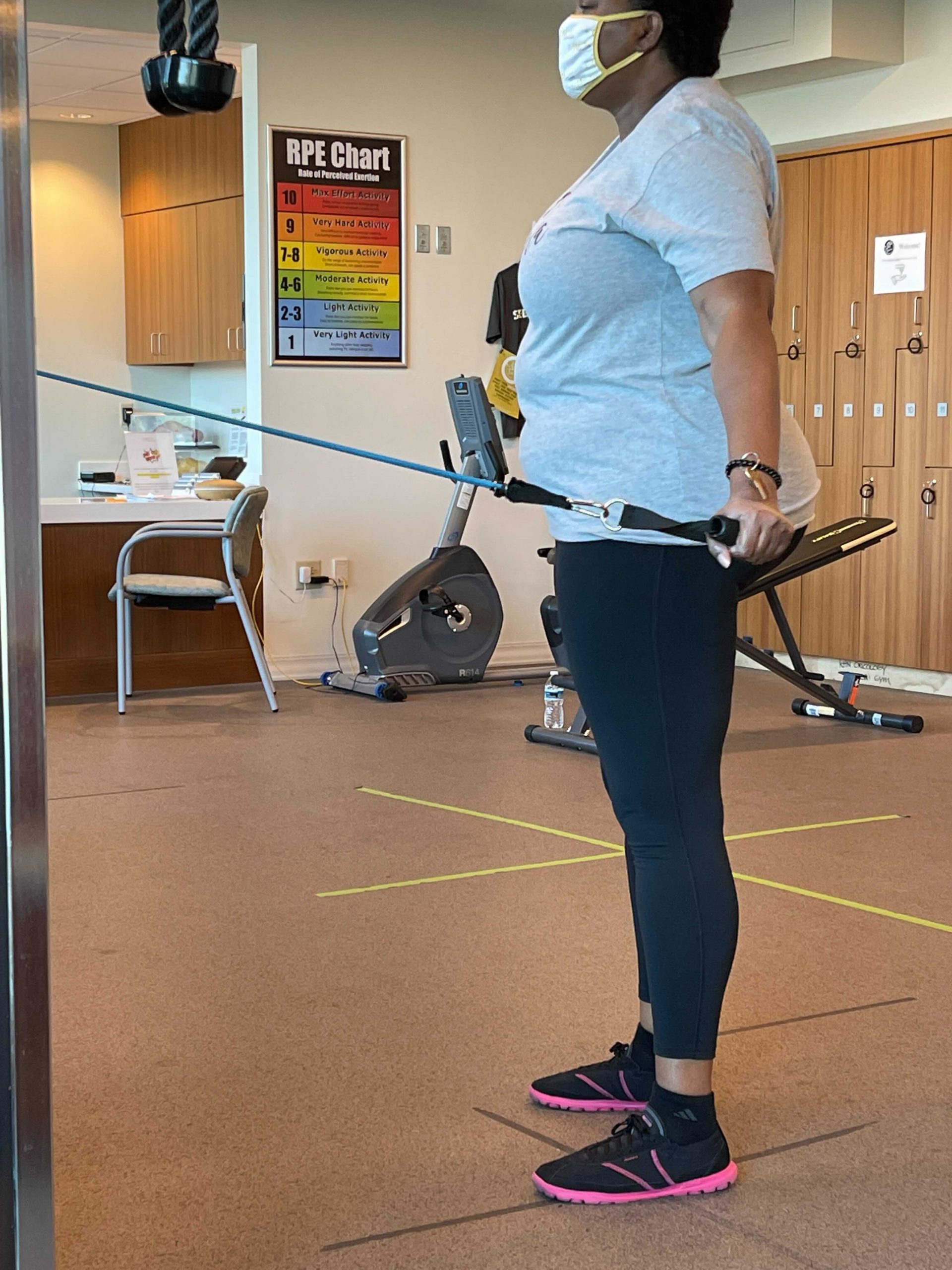by Rachel Casey
We have all heard that we need to incorporate resistance training into our workouts because of the many benefits that it has on the body. Resistance training is important for increasing muscle mass and bone density (i.e. helps make the muscles and bones stronger to help prevent injury). This kind of training can also help increase the metabolic rate which helps burn more calories.
Knowing the benefits of resistance training, it can sometimes be confusing to start a program on your own. There are several training systems that a health/fitness professional can use to help design a program for you. You may have even participated in them and were unaware. Simple systems like single sets (performing only one set of an exercise) or multiple sets (performing a multiple number of sets for each exercise) are very basic, but there are more detailed systems that have many benefits.
You might have heard the term superset. A superset is performing two exercises back to back with little rest in between, followed by a period of rest. This type of training can be used to target antagonist muscle groups. It also saves time and increases intensity, due to the lack of rest time that some other systems can give. An example of a superset would be:
- Bicep curls + tricep dips (biceps and triceps)
Similar to a superset, you may also know the term circuit training. Circuit training is performing several exercises back to back with little rest. This kind of training system can be set up in stations to make it convenient and quick. This can be a good cardio workout due to the minimal rest time, but when cardio stations are added in, this can be a good overall workout to stimulate the aerobic and anaerobic systems. An example of circuit training would be the following exercises with each exercise being performed with 1-2 sets of 10-15 reps with a 60 second rest time in between sets.
- Push ups
- Dumbbell squat
- Bent over DB row
- Alternating side lunges
- Bicep curls + press
- Romanian deadlift
- Stability ball crunches
- Back extension on a stability ball
Circuit training can have several forms. One form of circuit training, known as peripheral heart action, alternates between upper and lower body exercises for each set throughout the circuit. This type of training can be beneficial because it forces blood to circulate through the body quickly, which can increase caloric expenditure and is then theorized to decrease body fat and increase lean muscle mass. An example of a peripheral heart action training circuit would be the following exercises and performing 3-4 sets of each with 6-12 reps with up to a 60 second rest time at the end.
- Chest – dumbbell press
- Legs – weighted wall sit
- Back – underhand bent over rows
- Legs – weighted squat
- Shoulders – shoulder press
- Legs – lunges
This type of training can put too much stress on those that are just starting out or with certain health problems such as high/low blood pressure, but each individual is different in regards to their training.
* As always, it is important to consult your physician before starting any exercise program.*
References:
https://blog.nasm.org/certified-personal-trainer/peripheral-heart-action-training
https://blog.nasm.org/circuit-training-everything-you-need-to-know
NASM Women’s Fitness Specialist Course

